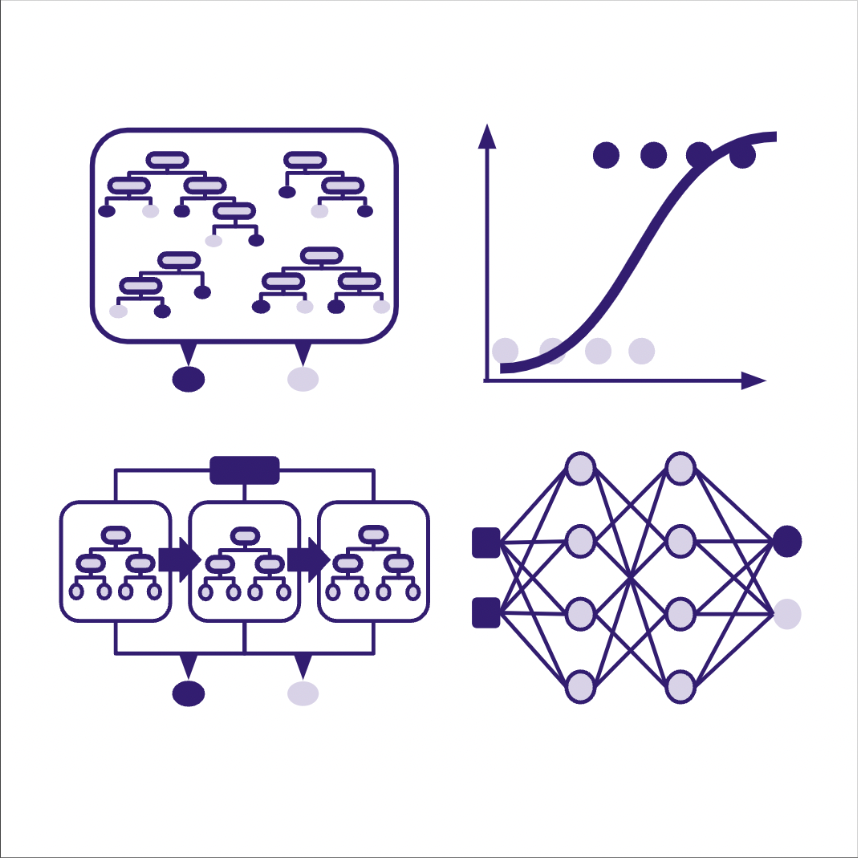
Using genomic data and machine learning to predict antibiotic resistance: a tutorial paper
Author(s): Faye Orcales1, Lucy Moctezuma2, Meris Johnson-Hagler1, John Suntay1, Jameel Ali1, Kristiene Recto1, Pleuni Pennings, Ph.D1
1. San Francisco State University 2. California State University, East Bay
367 total view(s), 150 download(s)
Summary:
Antibiotic resistance is a global public health concern. Bacteria have evolved resistance to most antibiotics, which means that for any given bacterial infection, the bacteria may be resistant to one or several antibiotics. For effective treatment…
more
Antibiotic resistance is a global public health concern. Bacteria have evolved resistance to most antibiotics, which means that for any given bacterial infection, the bacteria may be resistant to one or several antibiotics. For effective treatment and to control the spread of resistant strains of bacteria, accurate and efficient detection of resistance is important. It has been suggested that genomic sequencing and machine learning (ML) could make resistance testing more accurate and cost-effective. Given that ML is likely to become an ever more important tool in medicine, we believe that it is important for pre-health students and others in the life sciences to learn to use machine learning tools. This paper provides a step-by-step tutorial to learn four different ML models to predict drug resistance for E. coli isolates based on genomic data. The tutorial is accessible to beginners, doesn’t require any software to be installed as it is based on Google Colab notebooks, and can be used in undergraduate and graduate classes.